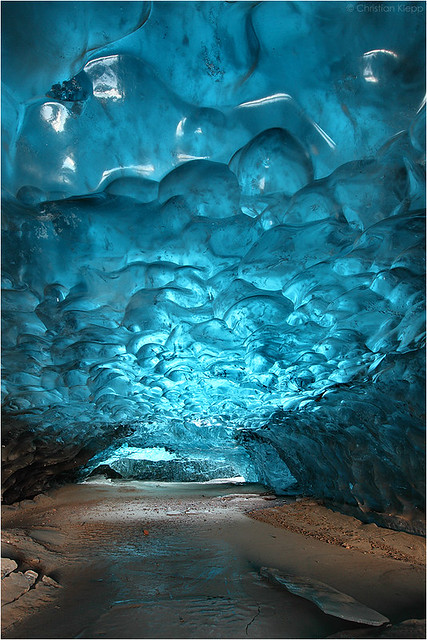Als Kind fand ich die Okertalsperre im Harz total faszinierend. Wie stabil und kräftig der Staudamm sein muss, damit er so viel Wasser halten kann. Auch die Tatsache, dass am Grund des Sees die ehemalige Ortschaft Schulenberg liegt, führte mir als Kind die Größe des Sees vor Augen. Es hieß, dass man bei Niedrigwasser die Kirchturmspitze des alten Schulenbergs im Stausee sehen kann. Aber das war wohl nichts weiter als eine Sage.
Was würde passieren, wenn der Staudamm bricht? Wie lange dauert es bis der Stausee leer gelaufen ist? Wie würde der Grund des Sees aussehen? Folgendes Video zeigt die Entwicklung am White Salmon River in Washington:
Explosive Breach of Condit Dam from Andy Maser on Vimeo.
[via kfmw]
